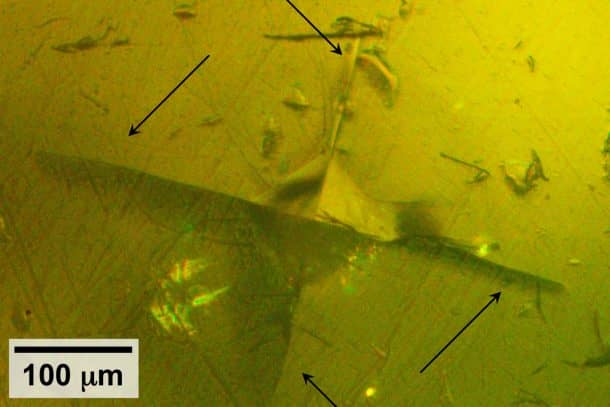Your phone’s lithium-ion battery may look like a solid chunk of lead from the outside. However, on a more detailed inspection, you will find liquid electrolyte inside it. The contents of the battery are in the form of a polymer membrane infused with a liquid or gel electrolyte that helps in conducting electricity to and from the two electrodes.
Recently, the researchers from MIT have published their research in Advanced Energy Materials which shows that their proposed all-solid batteries will be able to store more energy and will need fewer trips to a power outlet.
The research paper was co-authored by graduate students Frank McGrogan and Tushar Swamy. They carried out the investigations as to how they can replace the liquid electrolyte with Lithium Sulphides, which is a more solid form of electrolyte.

Besides storing more energy, these batteries will also be more stable as the metallic projections, called dendrites, which grow through liquid electrolyte layers would be lesser in number. The research team also found that sulfides have better toughness, which is the essential purpose of an electrolyte in a lithium-ion battery. If a battery is too brittle, it won’t handle stresses of continuous power cycling and will crack open forming dendrites.
Since the sulfide is sensitive to room conditions, the researchers had to place it in a bath of mineral oil which stopped it from reacting before its mechanical properties were measured.
The material did crack under high-stress conditions, “like a brittle piece of glass,” but the team got to measure the exact value of stress that the material could tolerate before fracturing. This measurement will help in creating more stable materials in the future, according to MIT associate professor Krystyn Van Vliet.
Co-author Frank McGrogan agrees as he added,
“This exact form of the sulfide won’t be the solid material that makes it into the form of lithium-ion batteries we use today. But since the team can study its properties and design new battery systems around that knowledge, someday it could still have potential for use. You have to design around that knowledge,” he said.
We would like to know your thoughts on this research. Comment below!


